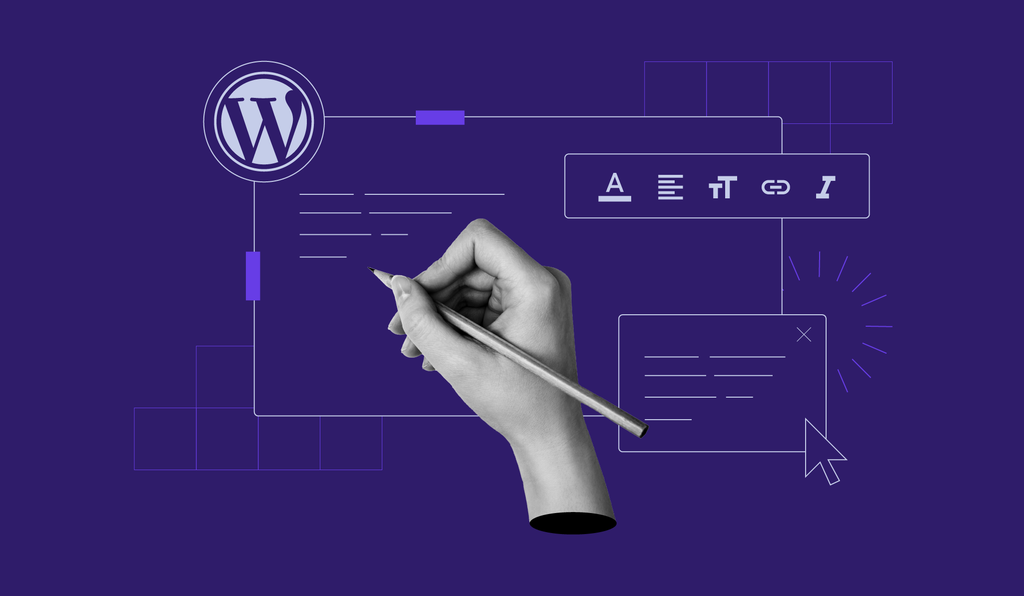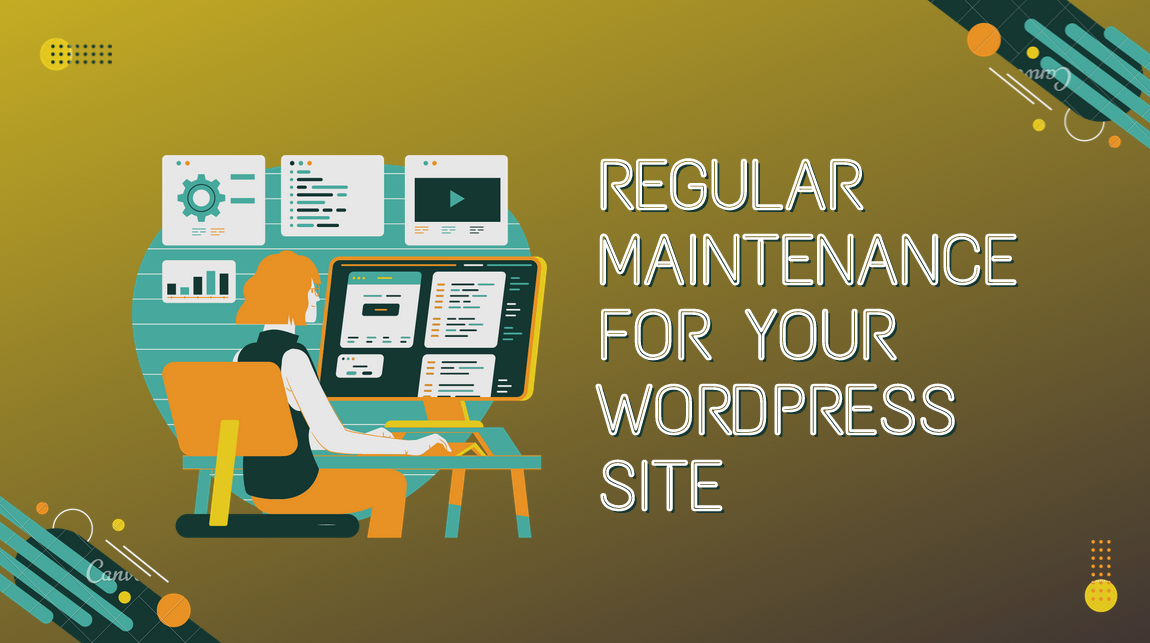The world of website development has evolved significantly, and with the introduction of the Gutenberg editor, WordPress has taken a big step toward modernizing its platform. The Gutenberg editor, first introduced in 2018, has revolutionized how content is created and managed on WordPress. In this article, we will explore the role of the Gutenberg editor in modern WordPress development, its features, and how it has impacted developers, content creators, and businesses.
What is the Gutenberg Editor?
The Gutenberg editor is a block-based content editor for WordPress, designed to make content creation easier and more intuitive. Unlike the traditional WordPress editor, which was a single text area, the Gutenberg editor breaks content into individual blocks. These blocks can be text, images, videos, buttons, and more, allowing users to drag and drop elements into their posts and pages.
With this new structure, users no longer need to rely on custom code or additional plugins to design complex layouts. Gutenberg enables content creation and layout design to occur in one place, which has streamlined the development process. For businesses and website owners looking to manage content without hiring a developer, the Gutenberg editor has been a game changer.
How Gutenberg Has Changed WordPress Development
Before the introduction of the Gutenberg editor, developers and users relied heavily on third-party page builders to design content-rich pages. While page builders were effective, they often resulted in bloated code, making websites slower and harder to maintain. Gutenberg has brought a more efficient approach to WordPress development, which benefits both developers and users.
One of the biggest changes is the ability to create complex page layouts directly within the WordPress dashboard, without needing to use custom HTML or CSS. This makes it easier for developers to build websites more quickly and efficiently. Additionally, since Gutenberg uses blocks, it is more developer-friendly, allowing for custom blocks to be added. This feature has made it easier for businesses and website owners to build websites without relying heavily on custom coding.
For users who are not familiar with code, Gutenberg allows them to create visually appealing pages without needing to understand complex web design principles. As a result, it has made WordPress more accessible to a broader range of users, from bloggers to businesses.
Blocks and Their Flexibility in Gutenberg
Blocks are the core feature of the Gutenberg editor. Each block represents a single piece of content or functionality. There are a variety of built-in blocks available, including paragraphs, images, galleries, quotes, and buttons. Users can also install third-party plugins to add more advanced blocks like sliders, maps, and pricing tables.
The flexibility of blocks has made it much easier to create dynamic layouts without having to rely on complex themes or external page builders. If you’re working with a Web Design Company in Udaipur or a WordPress Development Company in Udaipur, you may find that Gutenberg enables the creation of custom layouts that fit your business’s needs more efficiently than ever before.
Moreover, Gutenberg allows for reusable blocks, which can be saved and reused across multiple pages. This is especially helpful for businesses that want to maintain consistency across their websites, such as using the same CTA (Call to Action) buttons or banners on every page.
Gutenberg and the User Experience
One of the main goals of Gutenberg was to improve the user experience when creating content. The new block-based editor makes it easy to add and arrange content elements on a page. For example, if you want to add a heading, an image, and a paragraph of text, you can do so by simply selecting the appropriate blocks and arranging them in the desired order.
The live preview feature is another important aspect of Gutenberg. As you make changes to your content, you can see exactly how it will appear on the front end of your website. This helps avoid errors and ensures that your content looks just as you envisioned it before publishing.
Additionally, the integration of the Gutenberg editor with WordPress’s full-site editing (FSE) feature allows users to customize headers, footers, and other parts of their website directly from the editor. This seamless experience has significantly reduced the need for external tools and plugins.
Gutenberg’s Impact on SEO
When it comes to SEO, the Gutenberg editor plays a vital role in creating well-structured, accessible content. With the ability to use blocks, users can easily format their content for better readability, which can contribute to higher search engine rankings.
Moreover, Gutenberg makes it easier to optimize images, videos, and other media elements. You can now add alt text to images directly within the editor and use blocks like the video block to embed YouTube or Vimeo videos without dealing with complex HTML.
For developers and businesses aiming to improve their website’s SEO, the Gutenberg editor provides an efficient way to create clean, optimized content that ranks well in search engines. If you are looking for professional WordPress development services, a WordPress Development Company in Udaipur can help you leverage the full power of Gutenberg and optimize your website for SEO.
Gutenberg and the Future of WordPress Development
As WordPress continues to evolve, the Gutenberg editor will undoubtedly play a central role in its development. New features and improvements are regularly added to the editor, making it even more powerful and user-friendly. With full-site editing becoming more mainstream, Gutenberg is expected to remain at the heart of WordPress development for years to come.
For web developers, the ability to create custom blocks and integrate them into websites is an exciting feature. The Gutenberg editor allows for greater flexibility and customization, which is essential for modern web development. As the editor continues to evolve, it will offer even more opportunities for developers to create innovative and engaging websites.
Businesses that are considering a website redesign or starting a new site can benefit greatly from using WordPress with the Gutenberg editor. The editor not only makes it easy to create and manage content but also enables developers to create custom layouts and features that are tailored to the needs of the business.
Conclusion
The Gutenberg editor has played a significant role in transforming WordPress development. Its block-based structure has made content creation easier for both developers and non-developers alike. By simplifying the process of creating custom layouts and providing a more user-friendly experience, Gutenberg has become an essential tool in modern WordPress development.
If you are considering building a new website or revamping your existing one, working with an experienced WordPress Development Company in Udaipur can help you take full advantage of Gutenberg’s features. By using the Gutenberg editor, you can create an engaging, functional, and SEO-friendly website that stands out in today’s competitive digital landscape.




